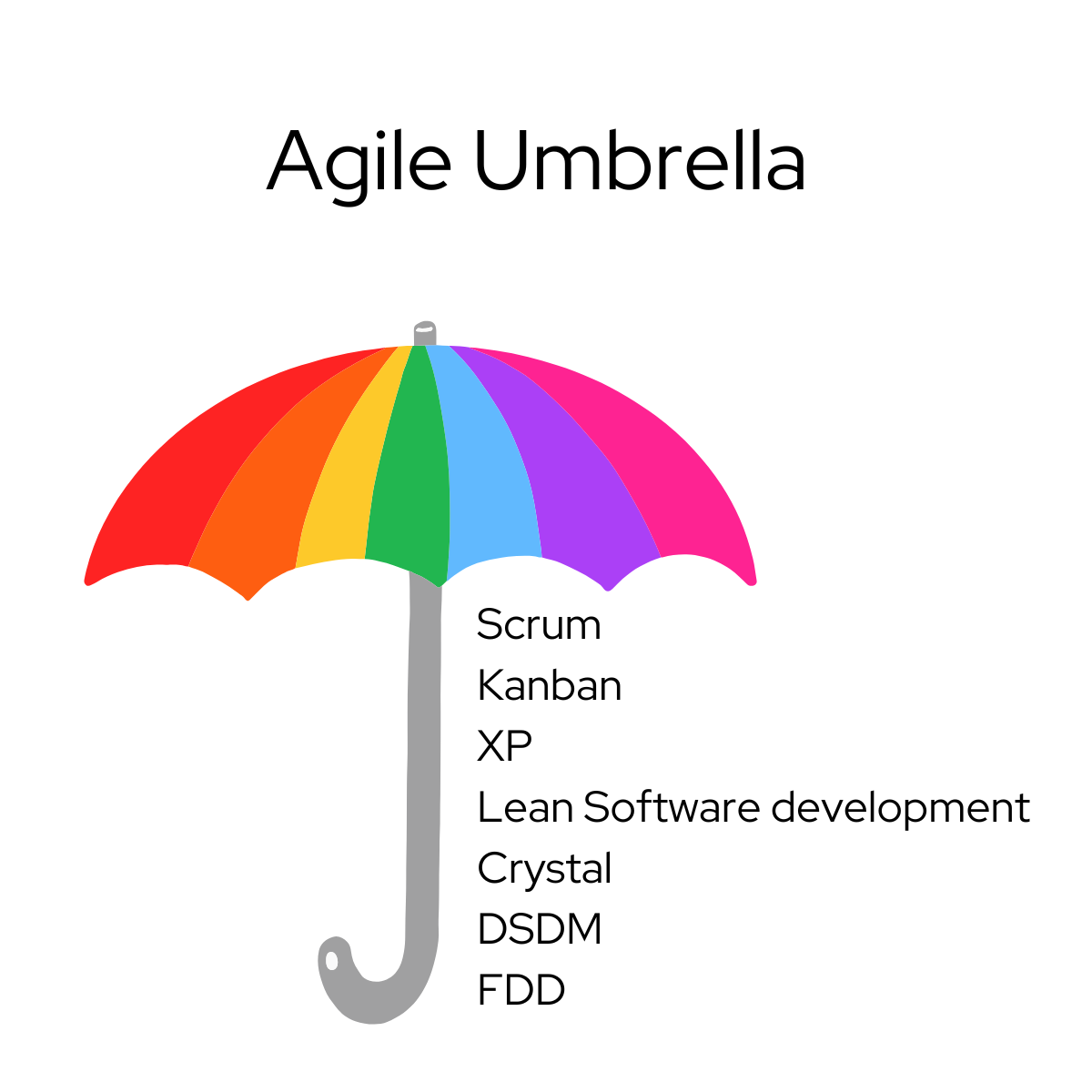Navigating Agile Waters - Understanding Different Frameworks and Their Applications
In last few weeks, I attended multiple workshops on Agile fundamentals, techniques and how it helps in IT project success.
Most of us have been using Scrum. But there are many frameworks under Agile umbrella. In today's newsletter, I will explain other frameworks and when can you implement the method.
Let's begin!
- Scrum:
Scrum is a widely adopted Agile framework that emphasizes collaboration, self-organization, and iterative development. It consists of small, cross-functional teams that work in short time frames called sprints (usually 1-4 weeks).
When to implement Scrum?
Scrum is best suited for projects with rapidly changing requirements and where early and frequent delivery of working software is crucial.
2. Kanban:
Kanban is a visual management method that focuses on continuous flow and limiting work in progress (WIP). It uses a Kanban board to visualize tasks, their status, and the workflow. Kanban is beneficial for projects with a steady flow of incoming work and where visualizing and managing the flow of work is essential.
When to implement Kanban?
It is particularly useful in support and maintenance projects or when working on a continuous delivery model.
3. Extreme Programming (XP):
Extreme Programming is an Agile approach that emphasizes close collaboration, customer involvement, and high-quality software development practices. It includes practices such as pair programming, test-driven development (TDD), continuous integration, and frequent releases.
When to implement XP?
XP is suitable for projects that prioritize high-quality code, fast feedback, and close collaboration with customers and stakeholders.
4. Lean Software Development:
Lean Software Development is based on lean principles derived from the Toyota Production System. It focuses on eliminating waste, optimizing flow, and continuously improving processes. Lean emphasizes delivering value to customers and minimizing work that doesn't contribute to that value.
When to implement Lean Software Development?
Lean practices can be applied in various Agile projects to improve efficiency, reduce waste, and enhance customer satisfaction.
5. Crystal:
Crystal is a family of Agile methodologies that come in different flavors based on project size, criticality, and team characteristics. Crystal methodologies emphasize communication, team collaboration, and adapting to the project's unique characteristics. They provide lightweight guidelines and allow tailoring to fit the project's specific needs.
6. Dynamic Systems Development Method (DSDM):
DSDM is an Agile project delivery framework that focuses on delivering on-time and within budget while maintaining a high level of quality. It provides an iterative and incremental approach with predefined roles, timeboxes, and prioritization techniques.
When to implement DSDM?
DSDM is suitable for projects with fixed time constraints, clear business objectives, and active user involvement.
7. Feature-Driven Development (FDD):
Feature-Driven Development is an Agile method that focuses on incremental feature delivery. It involves domain modeling, feature breakdown, and short iterations.
When to implement FDD?
FDD is particularly useful for larger projects with a significant number of features or requirements that can be decomposed and worked on independently.
Which framework worked for you?
